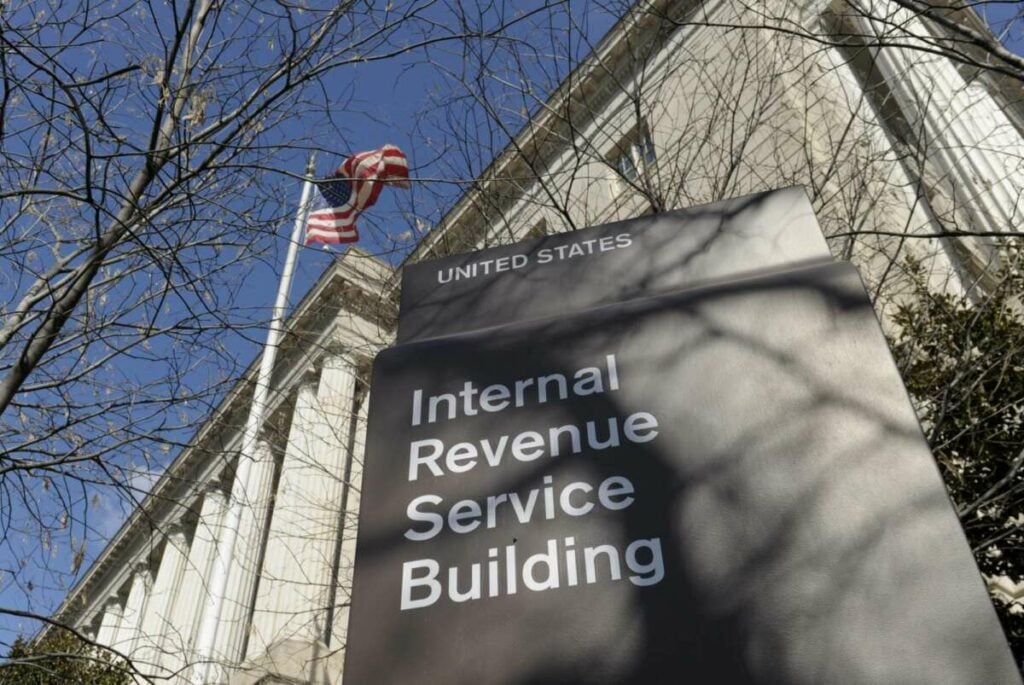The Internal Revenue Service (IRS) enforces the federal tax laws passed by Congress. The IRS is responsible for three primary functions: tax return processing, taxpayer service, and enforcement. The IRS also conducts criminal investigations and regulates tax-exempt organizations and qualified retirement plans. Do you know what kind of computers IRS still has today?
The Internation Revenue Service (IRS) still operates and uses largely on mainframe computers running 60 years old code. It is one of the oldest systems that is still being utilized to this day.
How Many Returns Did the IRS Do in 2012?
In 2012, the IRS received more than 237 million tax filings, including more than 146 million individual income tax returns, 22.1 million estimate income tax returns, close to 7 million S&C corporation income tax returns, 29.6 million employment tax returns, and a slew of other tax filings, according to the IRS Data Book, which is published annually and is chock-full of data.
144.6 million of these filings were processed electronically. Individual tax returns had a much greater rate of e-filers, with 81 percent of all filings done electronically in 2012. In 2003, the rate of electronic filing was only 40%. (Source: Federal News Network)
How Many Hours Do Taxpayers Spend on Annually Complying with Income Tax Laws?
According to the National Taxpayers Union, individual taxpayers spent 3.8 billion hours in 2009 complying with federal tax regulations. To put this in perspective, using the Bureau of Labor Statistics’ average hourly private-sector earnings of $24.17 for December, individual taxpayers will theoretically “spend” $91.8 billion this year on complying with the federal tax system.
How Much IRS Revenue Collected Annually Has Increased Since 1960?
The IRS collected $2.524 trillion in revenue in 2012 and issued $373.4 billion in refund checks. According to the IRS Data Book, the $2.524 trillion in tax revenue collected is 26.5 times higher than the $91.8 billion collected by the IRS in 1960.
For those interested, although tax revenue collection tends to increase over time as the U.S. Despite rising GDP, 2008 remains the year with the highest gross tax dollars collected by the IRS, at $2.745 trillion. (Source: Federal News Network)
How Many People Work for the IRS?
According to data from The Wall Street Journal, in October, shortly after the government shutdown began, the IRS employed 94,516 people. Despite popular belief, the IRS’s total workforce is dwarfed by the Departments of Defense and Homeland Security. On the other hand, the IRS employs more people than the Department of Health and Human Services, which oversees Obamacare and its federally run website, Healthcare.gov, as well as the Social Security Administration and the Department of the Interior. (Source: Federal News Network)
How Many Common Tax Mistakes Occur Between Paper Forms and E-Filing?
There are some obvious red flags for an IRS audit, such as many write-offs concerning reported income. Still, perhaps none is more significant than submitting a paper form rather than filing electronically.
According to TurboTax, the error rate on paper returns is approximately 21% due to illegible handwriting, blank boxes, and human calculating errors, compared to only 0.5 percent for electronically prepared software that allows for e-filing. Here’s a not-so-obvious hint: e-file your tax return to reduce your chances of being audited. (Source: Fool)
